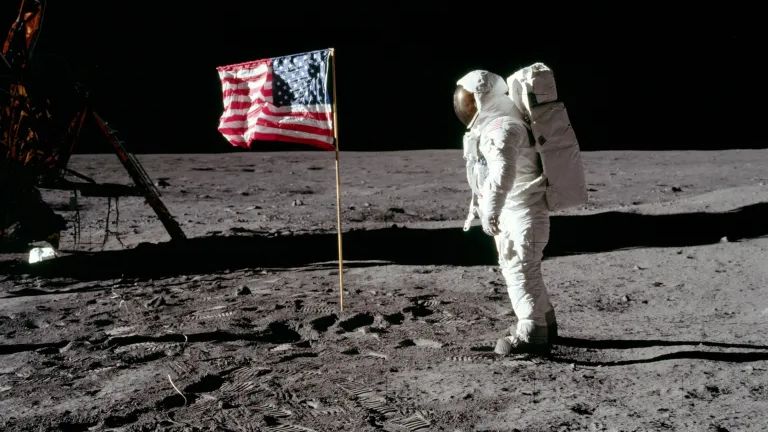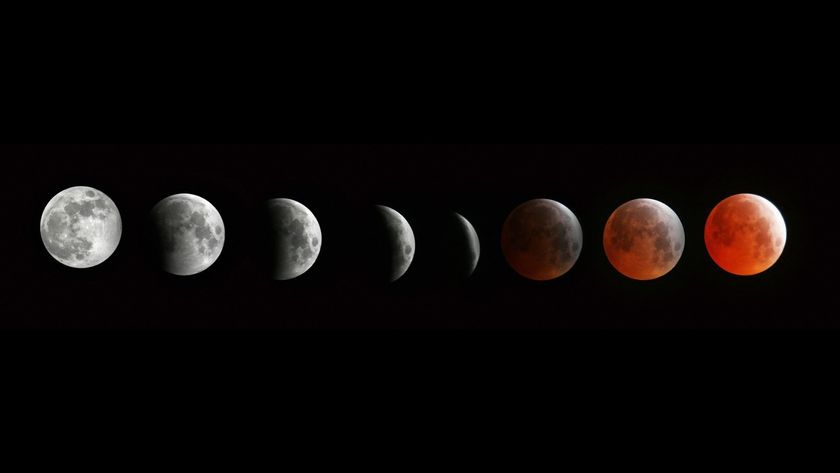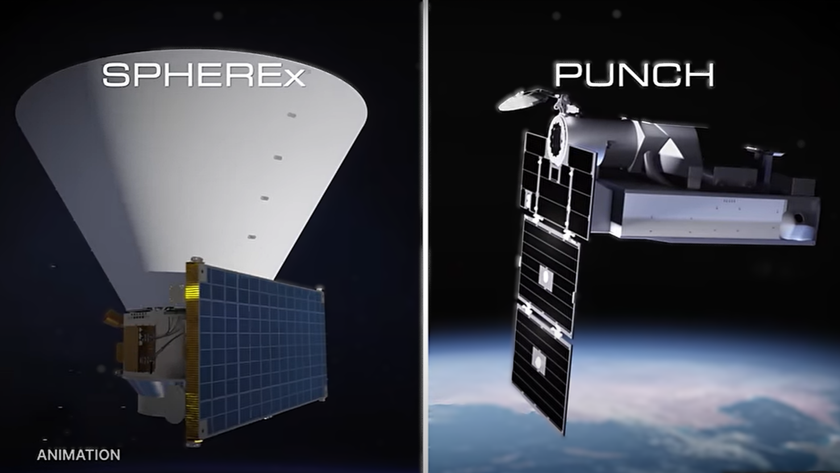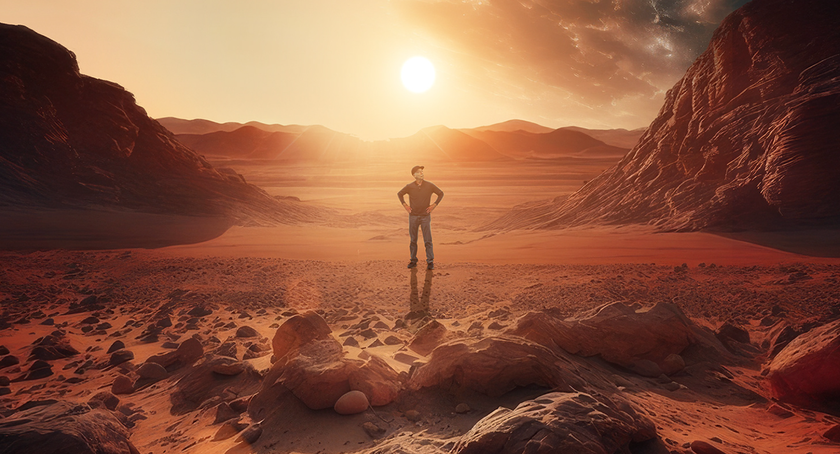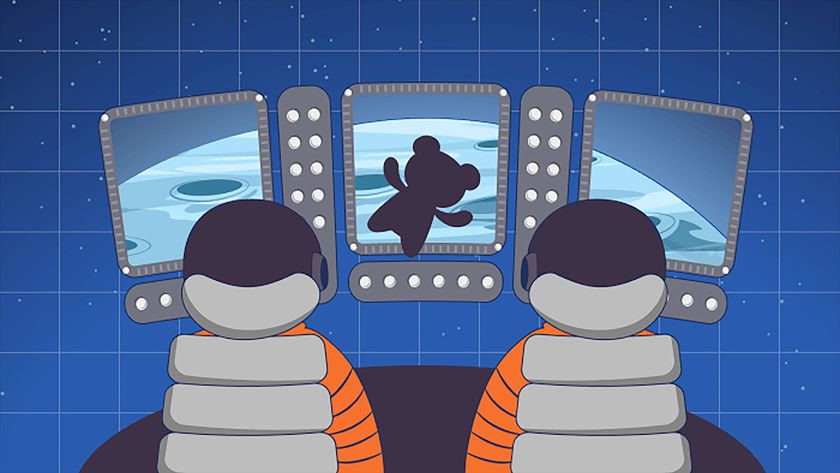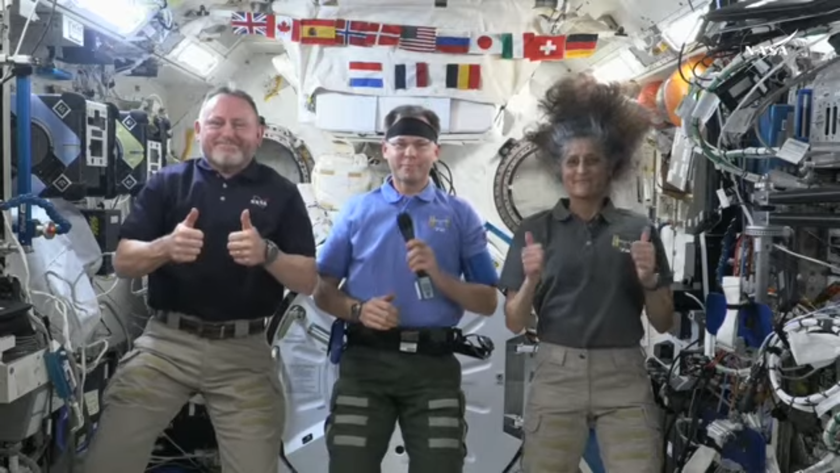An 'Edgy' Suggestion on Where to Watch the Total Solar Eclipse
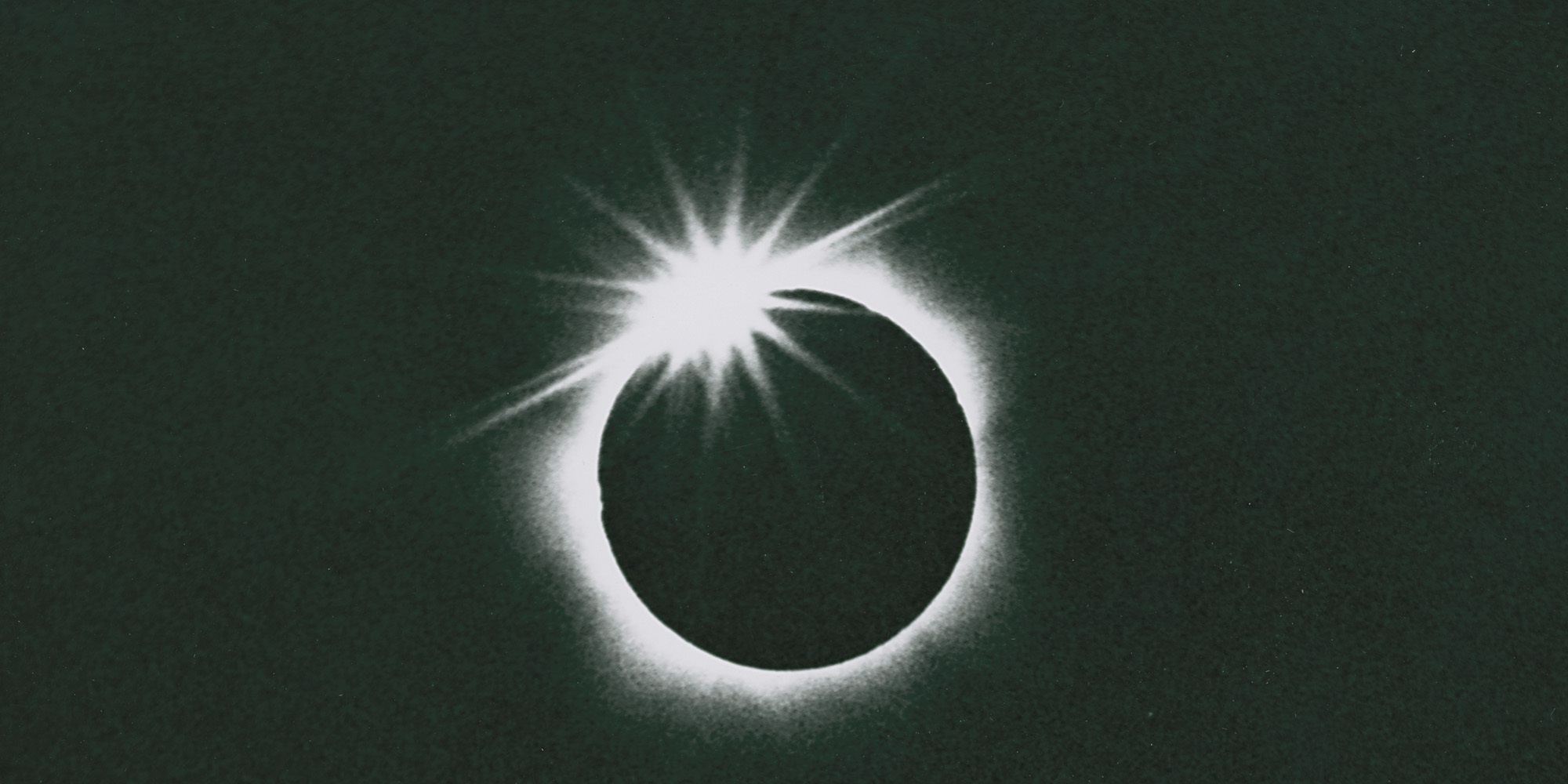
On Aug. 21, many Americans won't even have to leave their homes to see one of the rarest, most beautiful and most exciting of nature's sky events: a total eclipse of the sun. For the first time since 1918, the dark shadow of the moon — the umbra — will sweep across the contiguous states from coast to coast.
The umbra is roughly 70 miles (113 km) wide, inside which the sun will be completely obscured. The duration of totality (the period when the solar disk is totally obscured by the moon) depends on where you are inside the shadow, but some locations have benefits other than duration.
For this eclipse, totality will last the longest — 2 minutes and 40.2 seconds — about 12 miles southeast of Carbondale, Illinois, in Giant City State Park. The maximum duration of totality will be found along the center of the eclipse path and will vary from 1 minute and 59 seconds as the moon's shadow comes ashore at the Oregon coast south of Lincoln City, to 2 minutes and 34 seconds as the shadow bids the United States a fond adieu at South Carolina's Francis Marion National Forest, slipping out into the Atlantic Ocean. As one moves from the center line, the totality time decreases, becoming zero at the path's edges. [How to Safely Watch The 2017 Total Solar Eclipse]
So if you plan to position yourself inside the totality path where would you prefer to be? On or near the center line of the path?
Or maybe right on the edge of the path?
"Of course," you probably would reply. "Right in the middle of the eclipse path; that's where the total eclipse will last longest."
No surprise, that's what most eclipse chasers queried usually say.
Get the Space.com Newsletter
Breaking space news, the latest updates on rocket launches, skywatching events and more!
But now, allow me to present a few reasons why you might want to consider stationing yourself near the edge of the totality path instead.

On the edge
The two biggest cities that will be cut in half by the edge of the shadow are both in Missouri: Kansas City and St. Louis. From Kansas City, maximum eclipse comes within several seconds of 1:08:54 p.m. Central time. The southern edge of the path of totality lies very close to the Central Avenue Viaduct Bridge in the Central Industrial District. From St. Louis, maximum eclipse occurs almost 10 minutes later at 1:18:23 p.m. The northernmost boundary of the shadow that runs close to the city's Hi-Pointe and Forest Park Southeast neighborhoods.
So what would you see near or just inside the edge of the shadow path?
You might think that the sun's crescent diminishes to nothing, as the sun's outer atmosphere, called the corona, becomes visible for a few seconds, then disappears as the sun's disk begins to emerge from behind the moon. But that’s not precisely the case.
For those who position themselves within a few miles (or less) of the edge of the shadow, certain eclipse phenomena can persist for up to 10 times their duration compared to being positioned on the center line of the totality path. Take "Baily's beads," for instance. Just as totality is about to begin, you can actually see the moon’s orbital motion as it slides over the sun and causes the solar disk to narrow to a filament; its much-enfeebled light will seem to rush out. This thin crescent suddenly disintegrates into irregular dots and points of light called Baily's beads, an effect caused by the last rays of sunlight streaming through the rugged mountain valleys along the lunar limb. The beads usually last just a few seconds at the very beginning and the very end of totality.
But from near the edge of the shadow path, the beading effect can last for nearly a minute before the start of totality and for a similar interval as the sun begins to emerge. [Where to See the 2017 Total Solar Eclipse, State by State]
Another phenomenon to watch out for are called shadow bands. If you spread a large white sheet on the ground, about a minute or two before totality you may see ghostly shadow bands rippling, flickering and scurrying about. These stripes of light and shade are believed to be caused by the last of the sun's rays being distorted by our turbulent atmosphere, just as a star's light is disturbed by the atmosphere, which causes stars to appear to twinkle.
Near the edge of the totality path, shadow bands might be visible for several minutes or more (depending on atmospheric conditions).
During totality, the sun appears as a jet-black disk rimmed for several seconds at the beginning and end of the total eclipse by the vivid pastel-pink extension of the sun's atmospheric envelope: the chromosphere.
But as seen from the near the edge of the shadow, the chromosphere tends to remain visible throughout totality. And near the edge of the lunar shadow the corona usually comes into view before the sun is completely eclipsed and even at the edge of the moon's shadow. The corona may also be visible for a minute or two after totality.
Personally, during total solar eclipses I usually position myself near the center line, although one of these days I think I just might place myself near the edge of the path. I did that five years ago during an annular eclipse (when the moon isn't large enough in the sky to cover the entire disk of the sun, so a thin circle of the sun's disk remains visible around the moon). During that eclipse, I saw lots of Bailey's beads on one side of the "ring of fire." Some eclipse fans have said that they find this parade of beads and shadow bands even more glorious than an extended period of totality. It may be a matter of personal taste, but anyone inside the path of totality or just outside it is sure to see an amazing celestial show.
Your position near the path
If you prefer to go the route of being on the center line to get the maximum amount of totality, here is a surprise: you really don't have to be exactly at the center of the eclipse path. In fact, you can think of the central line of the path of totality as having a width one-tenth that of the entire path; you may move from the center line a tenth of the way to either edge of the shadow and lose only one-half of 1 percent in the duration of totality.
So for the upcoming eclipse, if you're positioned on the center line where the duration of totality is 2 minutes and 30 seconds, were you to move 0.2 miles to the north or south, you would lose less than 1 second of totality. (This is assuming a path width of 70 miles.)
As you travel farther away from the center line, the duration of totality will continue to decrease, but very gradually at first. At 11 miles from the center line, totality still lasts 2 minutes and 23 seconds. You might assume that at a point halfway between the center line and the shadow edge — 17.5 miles in this case — that totality would last only 1 minute 15 seconds. You would assume wrong. Totality would actually last 2 minutes and 10 seconds.
At 30 miles from the center line (or just a mere 5 miles inside the path's edge), totality will last 1 minute and 19 seconds, more than half of the central duration. You must go within about 3 miles of the limits of totality before the total phase drops to less than 1 minute!
Finally, you can calculate the circumstances for your own hometown by going to this site: http://aa.usno.navy.mil/data/docs/Eclipse2017.php.
Joe Rao serves as an instructor and guest lecturer at New York's Hayden Planetarium. He writes about astronomy for Natural History magazine, the Farmer's Almanac and other publications, and he is also an on-camera meteorologist for Verizon Fios1 News, based in Rye Brook, New York. Follow us @Spacedotcom, Facebook and Google+. Original article on Space.com.
Join our Space Forums to keep talking space on the latest missions, night sky and more! And if you have a news tip, correction or comment, let us know at: community@space.com.

Joe Rao is Space.com's skywatching columnist, as well as a veteran meteorologist and eclipse chaser who also serves as an instructor and guest lecturer at New York's Hayden Planetarium. He writes about astronomy for Natural History magazine, the Farmers' Almanac and other publications. Joe is an 8-time Emmy-nominated meteorologist who served the Putnam Valley region of New York for over 21 years. You can find him on Twitter and YouTube tracking lunar and solar eclipses, meteor showers and more. To find out Joe's latest project, visit him on Twitter.


